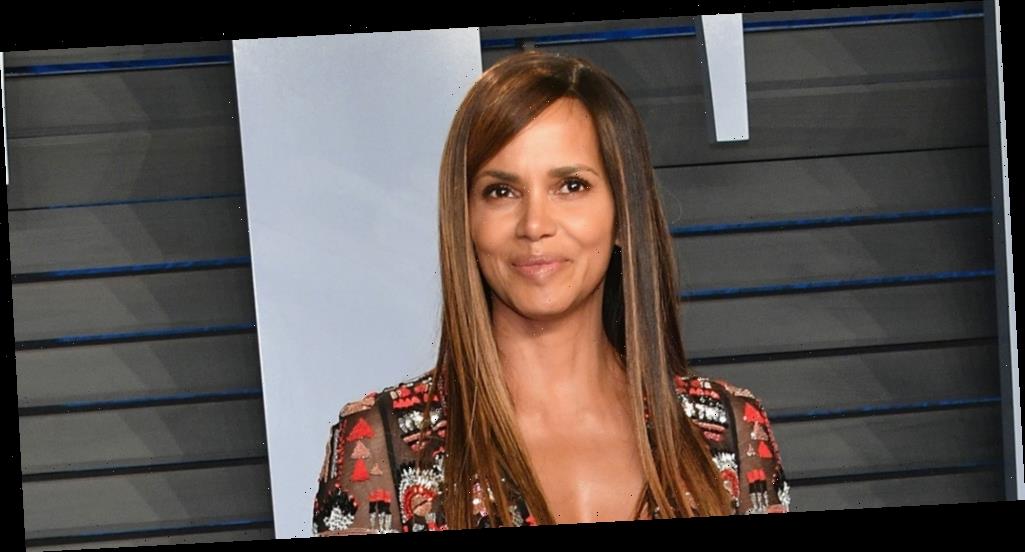ViacomCBS is going big in the streaming wars with a broadcast TV-inspired big tent strategy that will be anchored by legacy cable channel and programming brands.
On paper, the blueprint unveiled today during the company’s investor presentation for the March 4 Paramount Plus debut doesn’t sound like a path for success in today’s hyperactive media landscape. But little by little, ViacomCBS has already showed signs of making progress in the next iteration of television by its placing bets in familiar places.
ViacomCBS is hoping that a blend of a free advertising-supported streaming platform (Pluto TV), a subscription service stocked with far more live linear TV than its competitors (Paramount Plus) and premium niche streaming offerings (Showtime, BET Plus) will add up to a new form of the cable bundle that powered legacy Viacom earnings for so long.
Shari Redstone, chair of ViacomCBS, emphasized at the start of the presentation that the dawn of Paramount Plus in the U.S. marks a new chapter for the company.
“This is not your father’s ViacomCBS. It’s not my father’s, either,” she said, referring to the late mogul Sumner Redstone, who acquired Viacom in 1987 and CBS in 2000. “This is a ViacomCBS re-imagined for a new kind of marketplace and a new kind of consumer.”
In truth, ViacomCBS’ moves in the streaming arena have been limited by the intricacies of its legacy cable and broadcast businesses. ViacomCBS doesn’t have the balance sheet or the sizzle with Wall Street to withstand a multi-billion-dollar dent in free cash flow as Disney has taken.
The company has faced criticism that it is not big or strong enough in its core brands to buck the trend and prosper for as long as the linear TV business remains feasible — even after Viacom and CBS were reunited by a merger in December 2019.
In taking a bigger swing at streaming, rebranding and enlarging CBS All Access as Paramount Plus, ViacomCBS still faces the “not big enough” doubters as well as clucking that the company is not prepared to go “all-in” by shifting even more resources to subscription streaming at the expense of maintaining the linear operations of CBS, MTV, Nickelodeon, Comedy Central, BET and others.
Certainly, the Paramount Plus presentation underscored why Redstone was so determined to reunite the two halves of the family empire under the ViacomCBS umbrella in December 2019. The content brands in the extended family now range from “Paw Patrol” and “Dora the Explorer” to “Jersey Shore” and “The Daily Show With Trevor Noah” to CBS’ NFL football package to “60 Minutes” to “NCIS” to more than 100 years of celluloid history in the Paramount Pictures vault.
By the end of the session, as chief financial officer Naveen Chopra spoke of the benefits of “dual revenue stream” of ad-supported and subscription revenues, the pitch for how ViacomCBS CEO Bob Bakish hopes to make it all work started to make more sense. Bakish waxed on about the benefits of the “super funnel,” or Pluto TV’s ability to catch consumers with free programming that makes them prime targets for upselling to paid services.
At present, ad revenue growth across Pluto TV, which features dozens of themed channels, is growing at a respectable pace. To illustrate the funnel at work, Bakish noted that a “Showtime Selects” channel added to Pluto recently has been successful in bringing in paying subscribers by offering a smattering of Showtime original series episodes to whet the appetite. And if nothing else, Pluto TV helps ViacomCBS monetize older content.
ViacomCBS mostly stuck to the script for launching a streaming service that was established in April 2019 when Disney dazzled Wall Streeters with its elaborate investor presentation and programming plans for Disney Plus. But unlike Disney or AT&T when it unveiled HBO Max, ViacomCBS made it clear that the level of investment would be a gradual process — which is more grist for the “not all in” carping.
In 2020, ViacomCBS spent about $15 billion company-wide on content including sports rights. Chopra predicted that ViacomCBS would devote $5 billion to streaming content by 2024. Some of that will include the cost of content procured for both linear and streaming platforms. If streaming growth is strong, more of the company’s content spend could shift toward streaming.
Those are not the eye-popping investment numbers offered by Disney, AT&T and Comcast with last year’s launch of Peacock, which also targets out the ad-supported free territory.
But ViacomCBS having a legitimate head start with CBS All Access (which debuted in 2014) and the Pluto TV platform (which Viacom acquired in early 2019), the company may in time stake out a middle ground between the enormity of Netflix, Amazon and Disney Plus and even more niche services such as Apple Plus and Discovery Plus. Especially if they get a little lucky with original programming.
The parade of sequels, prequels, reboots and re-imagining of existing IP became something of a blur during the marathon presentation where a few seams were showing in terms of green screen glitches. But in seeking to build a big tent with multiple price points — one of which is free — CBS and the legacy Viacom cable group have some room to experiment.
“It’s a strategy that’s clearly working,” Bakish said in closing, sounding appropriately like the company’s biggest cheerleader. “We’ve seen a tripling of our subscriber base and a doubling of streaming revenue in the first two years” since acquiring Pluto TV.
The proof for Bakish’s enthusiasm will be presented in the quarters to come. ViacomCBS’ stock has been on a roll of late, along with the broader market, an indication that investors were willing to hear them out. Starting early next month, ViacomCBS can only hope that consumers will be intrigued enough by all that they see on the screen.
Tom Ryan, the founder of Pluto TV and CEO of ViacomCBS streaming, emphasized that the array of news, sports, entertainment and movies sets Paramount Plus apart from its competition. The near-term mission is clear.
“Curation is the differentiator,” Ryan said. “The right content and the right experience is not just a part of (streaming), it’s the whole ballgame. … We have more of what people want in one place.”
Read More About:
Source: Read Full Article

